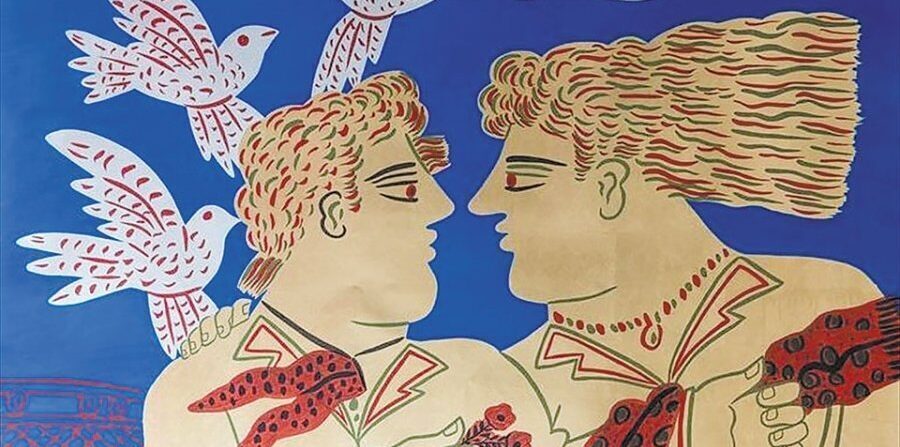
The great painter Alekos Fassianos has passed away on January 16, at the age of 86.
The beginning of the New Year greets the domestic and international art world with the loss of the great painter Alekos Fasianos. Born in 1935 in Agioi Anargyroi of Plaka under Acropolis to a musician father, he learned to play the violin from a young age. His most crucial influence, which led to his interest in painting, was visiting several museums and the Acropolis with his mother (a philologist with a love for the ancient world), as well as his admiration for Byzantine iconography while assisting his grandfather, a priest, in church services. In 1956 he is admitted to the Athens School of Fine Arts and studies with Yannis Moralis.

Αλέκος Φασιανός
Later, by receiving a scholarship from the French government, he attended lithography classes at the École des beaux-arts in Paris (1962-1964), where he would settle two years later, dividing his life and work between Paris and Athens. From 1959 with his first solo exhibition, he would set out on his own path, participating in numerous international solo and group exhibitions, with his work including prints, poster design and set design in collaboration with the National Theatre of Greece. In addition, he will also create the illustrations for several books by well-known Greek and foreign poets and writers, and publish his own poetry and prose texts.
Remaining faithful to his primary influences from ancient Greek art, the Cycladic figurines, but mainly the iconographic richness and austerity of Byzantine art, he will create his personal visual language with the protagonists being still, inflated human figures in dialogue with the vividness of the natural elements that surround them.
The principal elements of his artistic expression, however, that will link and overcome the differences between the Mediterranean Greek environment with the urban landscape of Paris and the representational Greek art with the modern international artistic trends, establishing him as a global Greek artist, will be his spontaneous use of color, mainly red, blue and ochre. Guided by his commitment to his personal drive for freedom through painting and constantly recurring to an inner childlike quality, he will render through the human figure both serenity and erotic passion, life and death, conveying the Greek spirit on a personal and ultimately a universal dimension.
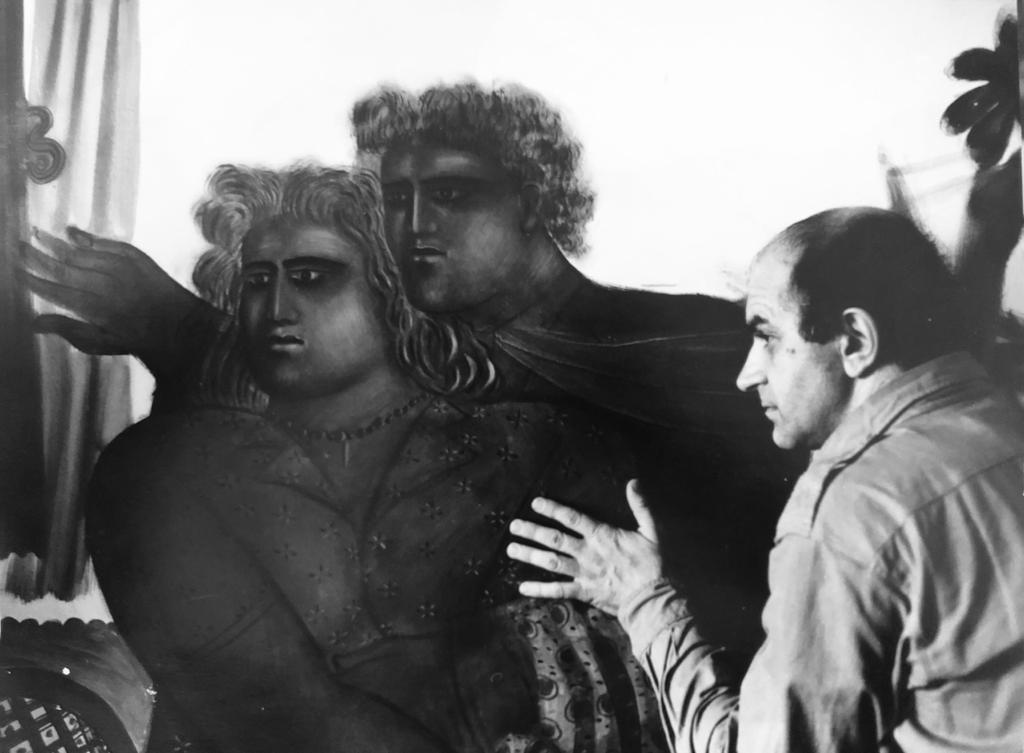
In February 2021, he will receive the highest honor for his contribution to the arts and letters through a decoration by the French government with the rank of Commandeur de l’Ordre des Arts et des Lettres (Commander of the Order of Arts and Letters) from the French Ambassador to Greece.
Undoubtedly, the passing of this great painter is a great loss for the art world and a sad end to an already difficult year. But let it be an occasion for revisiting and reassessing the rich heritage of the body of work he leaves behind, which, as he himself aspired, has the potential to comfort and bring joy to people, welcoming the New Year with renewed optimism.


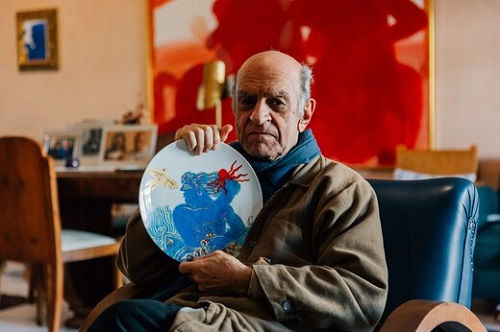
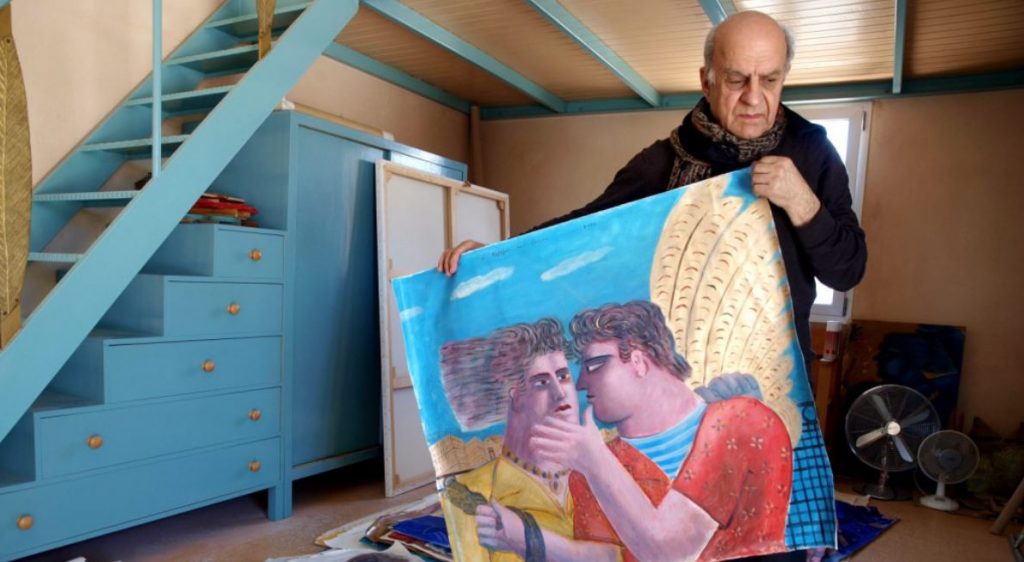
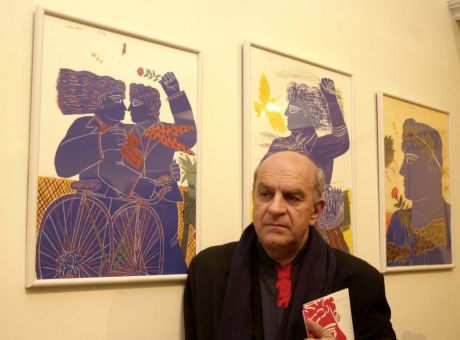
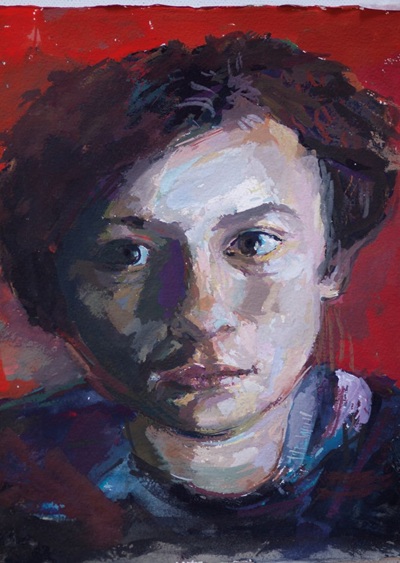





Leave A Comment